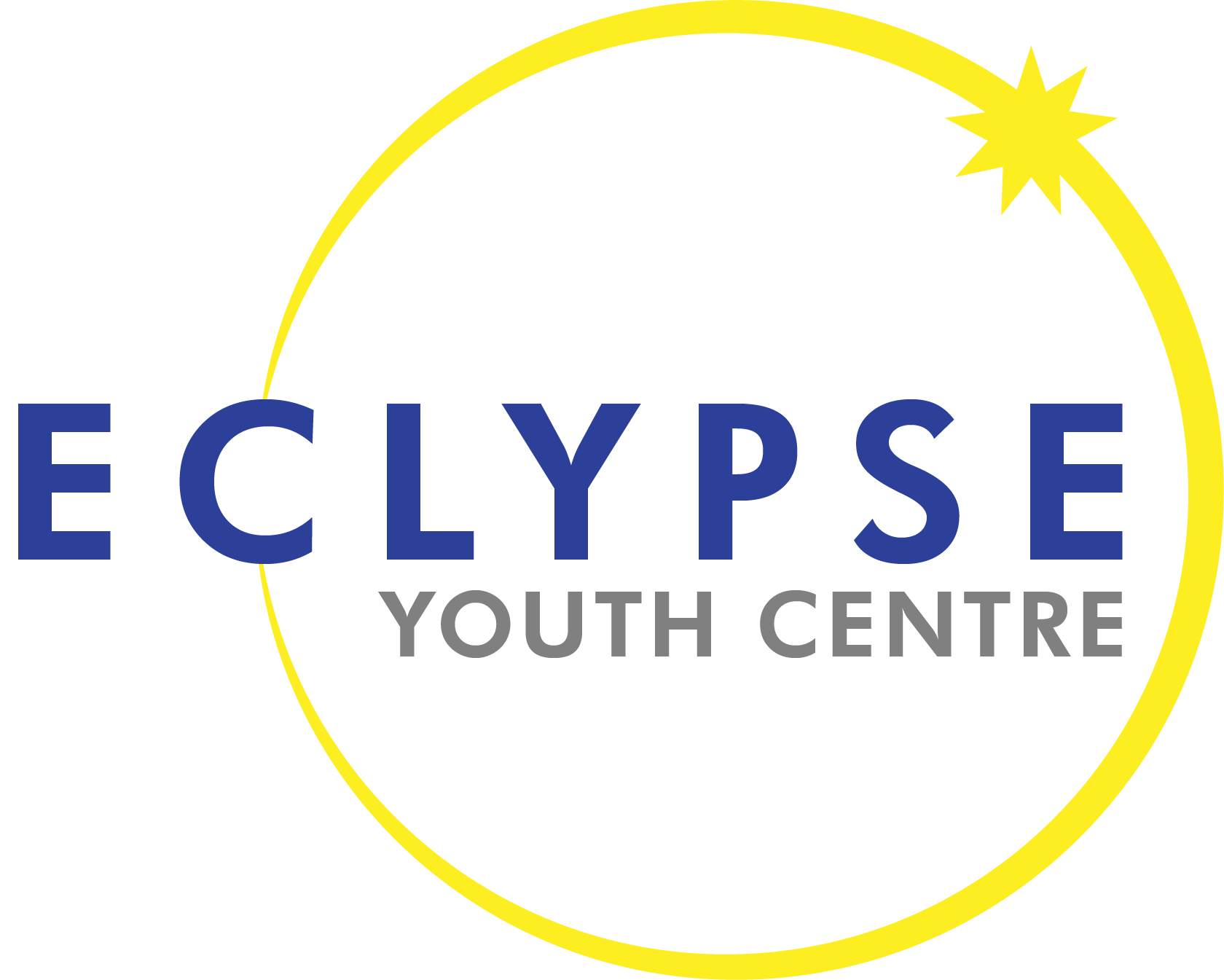Trichotillomania (trik-o-til-o-MAY-nee-uh) - also called hair-pulling disorder, is a mental disorder that involves recurrent, irresistible urges to pull out hair from your scalp, eyebrows or other areas of your body, despite trying to stop. This condition falls under the classification of obsessive-compulsive disorder (OCD).
:max_bytes(150000):strip_icc()/trichotillomania-hair-pulling-disorder-5089316-v1-943c1ede740a4c878aad6663a8d22638.jpg)
Signs and Symptoms of Trichotillomania May Include:
- Repeatedly pulling your hair out, typically from your scalp, eyebrows or eyelashes, but sometimes pulling hair from other areas on your body may vary other
- An increasing sense of tension before pulling, or when you try to resist pulling
- A sense of pleasure or relief after the hair is pulled
- Noticeable hair loss, such as shortened hair or thinned or bald areas on the scalp or other areas of your body, including sparse or missing eyelashes or eyebrows
- Preference for specific types of hair, rituals that accompany hair pulling or patterns of hair pulling
- Biting, chewing or eating pulled-out hair
- Playing with pulled-out hair or rubbing it across your lips or face
- Repeatedly trying to stop pulling out your hair or trying to do it less often without success
- Significant distress or problems at work, school or in social situations related to pulling out your hair
Causes of Trichotillomania - It's not entirely clear what causes trichotillomania. It is suggested to be:
- A way of dealing with stress or anxiety
- Chemical imbalance in the brain, similar to obsessive compulsive disorder (OCD)
- Changes in hormone levels during puberty
- For some people, hair pulling can be a type of addiction. The more they pull their hair out, the more they want to keep doing it.
Treatment for Trichotillomania:
Treating TTM often involves therapy, medication or a combination of both. Ongoing research shows some medications for other mental health conditions might help TTM, but more research is necessary before any specific medication becomes a part of the standard care.
Types of Therapy that may be Helpful for Trichotillomania Include:
Habit reversal training: This behavior therapy is the primary treatment for trichotillomania. You learn how to recognize situations where you're likely to pull your hair and how to substitute other behaviors instead. For example, you might clench your fists to help stop the urge. Other therapies may be used along with habit reversal training. A variant of this technique, called decoupling, involves quickly redirecting your hand from your hair to another location.
Cognitive therapy: This therapy can help you identify and examine distorted beliefs you may have in relation to hair pulling.
Acceptance and commitment therapy: This therapy can help you learn to accept your hair-pulling urges without acting on them.

